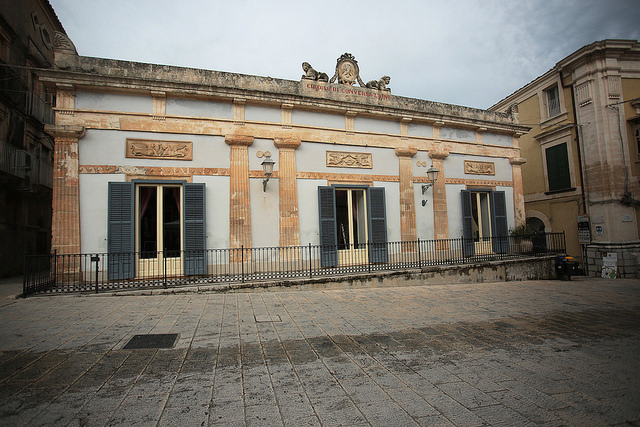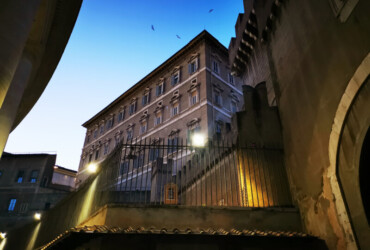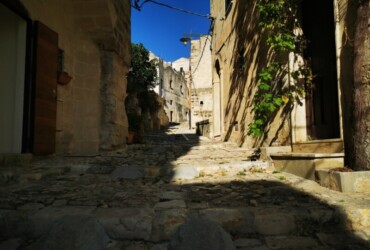Ragusa Ibla, declared a UNESCO heritage, is one of the symbolic villages of the Sicilian Baroque
 Also called “merely” Ibla, it is one of the two neighbourhoods that form the historic centre of Ragusa, heavily damaged by the earthquake of 1693 (it was then that buildings were built in the late Baroque style) and today there are 14 of the 18 monuments of the city of Ragusa today registered in the patrimony of the humanity. I had already been here about 15 years ago, and it was almost magical and definitely informative. In the easternmost part, there are the excavations of an ancient city which, according to various historians,
Also called “merely” Ibla, it is one of the two neighbourhoods that form the historic centre of Ragusa, heavily damaged by the earthquake of 1693 (it was then that buildings were built in the late Baroque style) and today there are 14 of the 18 monuments of the city of Ragusa today registered in the patrimony of the humanity. I had already been here about 15 years ago, and it was almost magical and definitely informative. In the easternmost part, there are the excavations of an ancient city which, according to various historians,
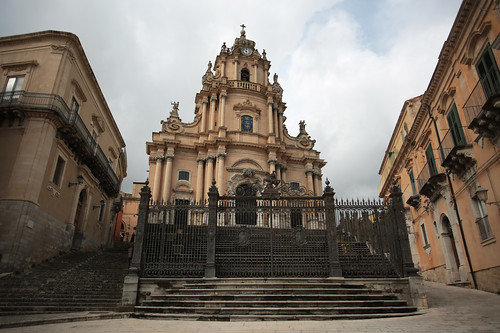 could be identified with the Hybla Heraia. We arrived by car, and we wanted to visit mainly Ibla: we left the car at the free parking in Piazza Della Repubblica, not far from the Church of the Holy Souls in Purgatory (and from a tourist information point). The Cathedral of San Giorgio is the first building we reach. The exact name is “insigne collegiata di San Giorgio” and is one of the most important monuments of the city (besides being the leading Catholic place of worship in Ragusa). It is the mother church of the town, named after its patron saint, and before 1693 it stood at the eastern end of the village (almost at the Giardino
could be identified with the Hybla Heraia. We arrived by car, and we wanted to visit mainly Ibla: we left the car at the free parking in Piazza Della Repubblica, not far from the Church of the Holy Souls in Purgatory (and from a tourist information point). The Cathedral of San Giorgio is the first building we reach. The exact name is “insigne collegiata di San Giorgio” and is one of the most important monuments of the city (besides being the leading Catholic place of worship in Ragusa). It is the mother church of the town, named after its patron saint, and before 1693 it stood at the eastern end of the village (almost at the Giardino
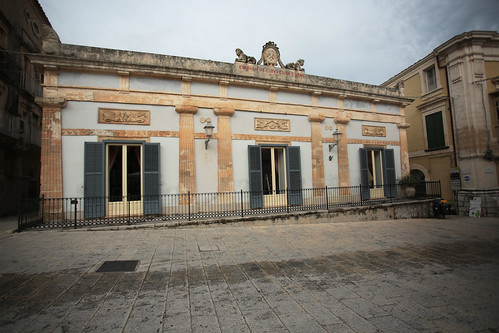 Ibleo). Not far from the cathedral is the “Conversation Club“. Also known as “Caffè dei Cavalieri”, it is a rare example of a building built specifically for conversation: it was established in 1850 by the city aristocracy, to have a place dedicated to talk and to spend their time far away and isolated from the ordinary people. The ceiling of the banqueting hall, a very lavish hall, was frescoed by the Ragusan Tino Del Campo at the end of the nineteenth century, with an allegory of the arts and sciences (on the corners there are four medallions depicting Dante, Michelangelo, Galileo and Vincenzo Bellini ). The other six rooms are equally prestigious, dedicated to gaming and reading. The building also has an internal garden, which makes
Ibleo). Not far from the cathedral is the “Conversation Club“. Also known as “Caffè dei Cavalieri”, it is a rare example of a building built specifically for conversation: it was established in 1850 by the city aristocracy, to have a place dedicated to talk and to spend their time far away and isolated from the ordinary people. The ceiling of the banqueting hall, a very lavish hall, was frescoed by the Ragusan Tino Del Campo at the end of the nineteenth century, with an allegory of the arts and sciences (on the corners there are four medallions depicting Dante, Michelangelo, Galileo and Vincenzo Bellini ). The other six rooms are equally prestigious, dedicated to gaming and reading. The building also has an internal garden, which makes
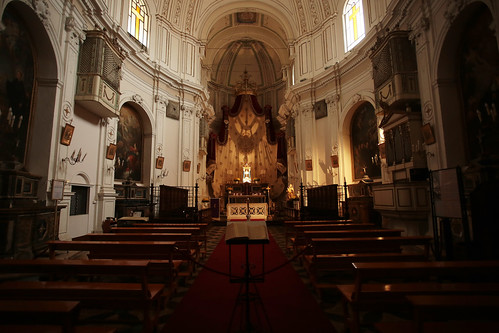 it one of the most pleasant and exclusive buildings in the city. Not far from the circle, in Piazza Pola, it’s located the Church of San Giuseppe. It stands on the remains of the church of San Tommaso which was utterly destroyed in the earthquake of 1693. The church is attributed to Rosario Gagliardi and represents, together with the Cathedral of San Giorgio, one of the jewels of Sicilian Baroque. After the earthquake of 1693, reconstruction work began in 1701 (they ended in 1705). Other works on the building seem to have been between 1723 and 1737, while between 1756 and 1760 the Rococo style replaced the Baroque one. Continuing along the alleys of the centre, we arrived at the small Church of San Vincenzo Ferreri, located next to the entrance to the Giardini Iblei. It is a small deconsecrated church used as a public auditorium from December 2010.
it one of the most pleasant and exclusive buildings in the city. Not far from the circle, in Piazza Pola, it’s located the Church of San Giuseppe. It stands on the remains of the church of San Tommaso which was utterly destroyed in the earthquake of 1693. The church is attributed to Rosario Gagliardi and represents, together with the Cathedral of San Giorgio, one of the jewels of Sicilian Baroque. After the earthquake of 1693, reconstruction work began in 1701 (they ended in 1705). Other works on the building seem to have been between 1723 and 1737, while between 1756 and 1760 the Rococo style replaced the Baroque one. Continuing along the alleys of the centre, we arrived at the small Church of San Vincenzo Ferreri, located next to the entrance to the Giardini Iblei. It is a small deconsecrated church used as a public auditorium from December 2010.
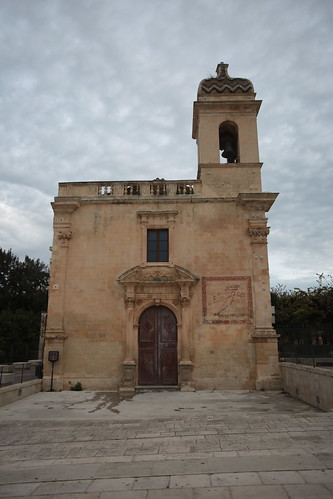 We know that, probably, the church was founded in 1509 by the Dominican friars and, initially, there was also a convent expanded in the 1600s and which today no longer exists. There are no data on the damage that the church suffered as a result of the earthquake of 1693: however, seen the large portal walled in the north wall of the church (and other elements), it is assumed that it did not completely collapse and was restored and fortified.
We know that, probably, the church was founded in 1509 by the Dominican friars and, initially, there was also a convent expanded in the 1600s and which today no longer exists. There are no data on the damage that the church suffered as a result of the earthquake of 1693: however, seen the large portal walled in the north wall of the church (and other elements), it is assumed that it did not completely collapse and was restored and fortified.
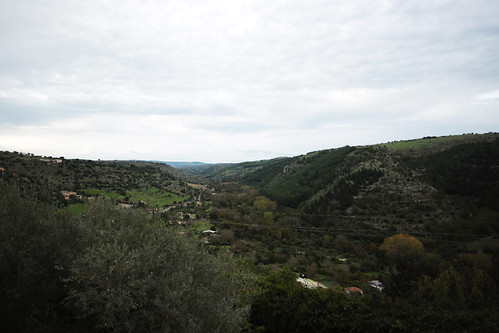 The Giardino Ibleo is the oldest of the four main gardens of Ragusa. The construction work began in 1858 on the initiative of some local nobles and a good part of the population (who worked for free for the construction of the work). It is located on a rocky outcrop overlooking the Irminio valley and is crossed by an avenue flanked by numerous palm trees, well-carved benches, columns and finally a balcony with limestone fence. At the centre of the garden is the war memorial of the great war.
The Giardino Ibleo is the oldest of the four main gardens of Ragusa. The construction work began in 1858 on the initiative of some local nobles and a good part of the population (who worked for free for the construction of the work). It is located on a rocky outcrop overlooking the Irminio valley and is crossed by an avenue flanked by numerous palm trees, well-carved benches, columns and finally a balcony with limestone fence. At the centre of the garden is the war memorial of the great war.
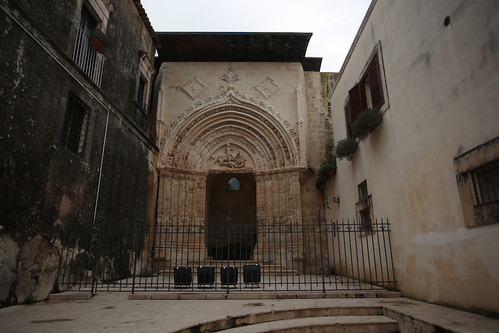 Finally, the last stop of this visit was the Portal of San Giorgio, a symbol of the city of Ragusa. It was built in Gothic-Catalan style in the first half of the thirteenth century and was part of the church of San Giorgio now disappeared. Today, made with limestone blocks of pink colour, the lunette above the lintel represents the holy knight who pierces the dragon, with the queen of Berito, kneeling who attends the scene. In the upper part, there are two large tablets, inside which there is the Ragusa eagle, and the arch is enclosed between two fluted pilasters.
Finally, the last stop of this visit was the Portal of San Giorgio, a symbol of the city of Ragusa. It was built in Gothic-Catalan style in the first half of the thirteenth century and was part of the church of San Giorgio now disappeared. Today, made with limestone blocks of pink colour, the lunette above the lintel represents the holy knight who pierces the dragon, with the queen of Berito, kneeling who attends the scene. In the upper part, there are two large tablets, inside which there is the Ragusa eagle, and the arch is enclosed between two fluted pilasters.
Small final note: the centre is crossed by the “ibleo train” which, for 5 euros per person, takes you around half an hour to discover Ibla.

